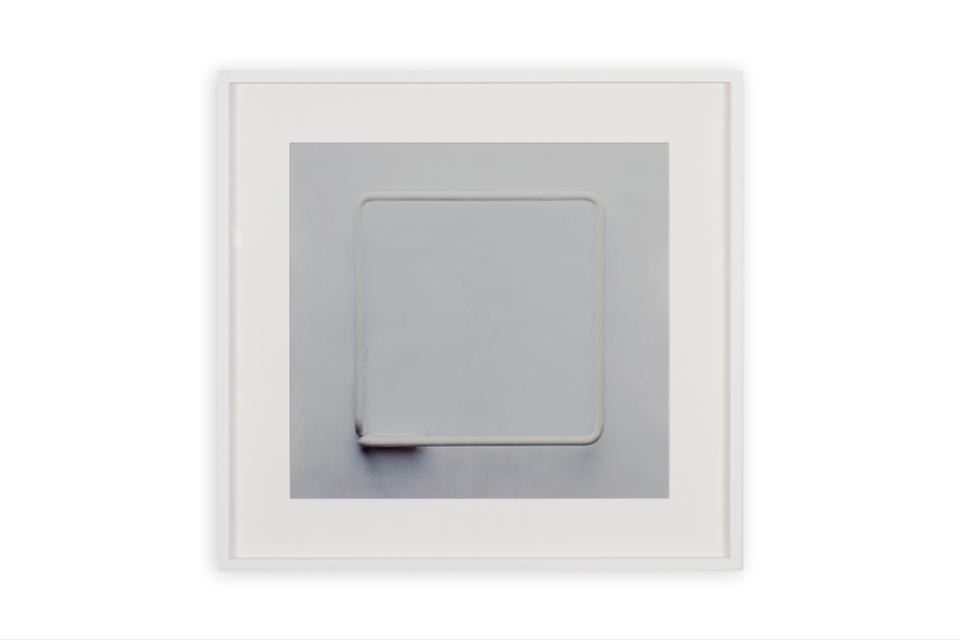Zbigniew Rogalski
work from the Neony [Neons]
Zbigniew Rogalski
work from the Neony [Neons] cycle, 2009, black-and-white photograph, 80 × 84 cm
Collection II of the Arsenal Gallery in Białystok. Work donated to the Arsenal Gallery by the artist

Zbigniew Rogalski uses his camera not so much to record reality, but to reflect on the subject of painting. For many years now he has been challenging the stereotype of painting as an exhausted medium. He unmasks the fallacy of realism as a faithful imitation of reality. He analyses the painterly workshop and carefully investigates the relationship between the artist’s gaze and its materialisation; between what the painter sees and what he records on the surface of the canvas. Rogalski’s uncompromising approach forces him to record all the flaws in the perception process, its side effects, such as shadows, reflections or blurred contours. The questions of seeing, realism and illusion are a common factor of his explorations in the field of painting and those in the area of photography.
Art history has long ago dealt a death blow to the tendency towards identifying realism with truth, and criticism of photography undermined its status as a tool serving to objectively record reality. Rogalski seems to go a step further, however; he uses photography to question one of the sacred transgressions to be recorded in the history of paining. Photographing a square neon, Rogalski essentially recorded a white square on a white background, which automatically refers his work to A white square on a white background by Kazimierz Malewicz (1918). Yet the photograph is far removed from this ultimate abstraction, the supremacy of white, the paean to pure colour and pure feeling.
Rogalski is not an apologist of Malewicz’s announcement of the “end of representation”. Quite the opposite; he challenges this great painter and theoretician, demonstrating that neither photography nor, all the more, painting have exhausted their capabilities. The artist’s gaze, mediated by the photographic camera, records a white square on a white background together with the shadow cast by the neon, slightly darker in the place where it is mounted to the wall. Thus, a photograph becomes a means for reinterpreting a canonical work of painting, with the key roles played by the gaze itself and by the technique of looking. In the context of Rogalski’s experiments, this work from the Neons cycle constitutes a successive stage in his in-depth analysis of seeing. Reflections resulting from his explorations touch upon the relationship between painting and photography, as well as on the photographic quality of the painted image and the painterly quality of a photographic shot, and ultimately on the ambiguous nature of the accepted schemata of seeing and imaging.
Izabela Kopania
translated from Polish by Klaudyna Michałowicz

PLAN YOUR VISIT
Opening times:
Thuesday – Sunday
10:00-18:00
Last admission
to exhibition is at:
17.30